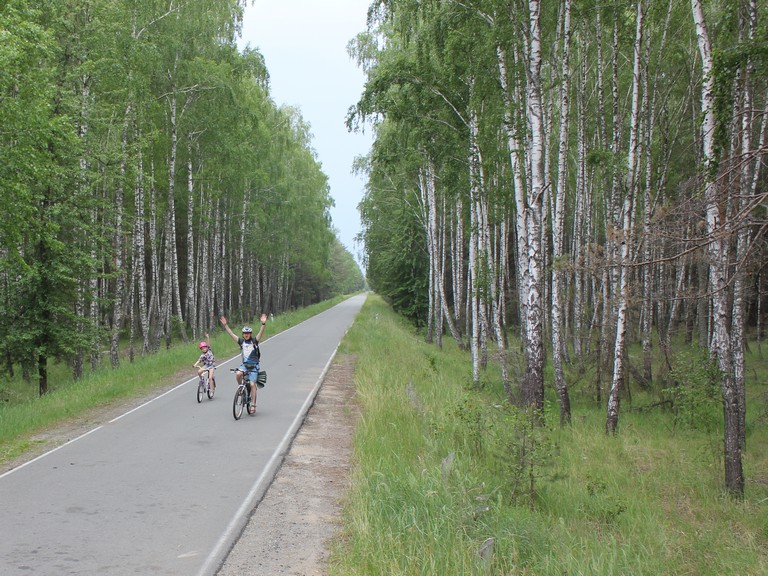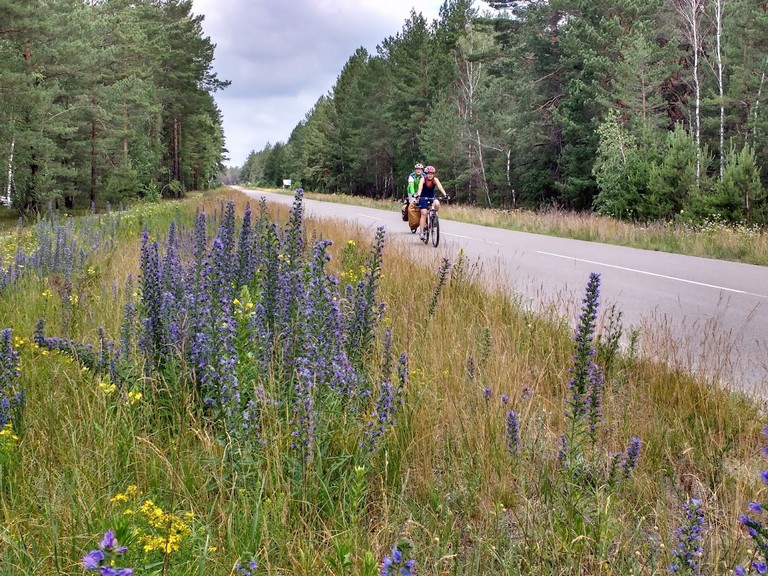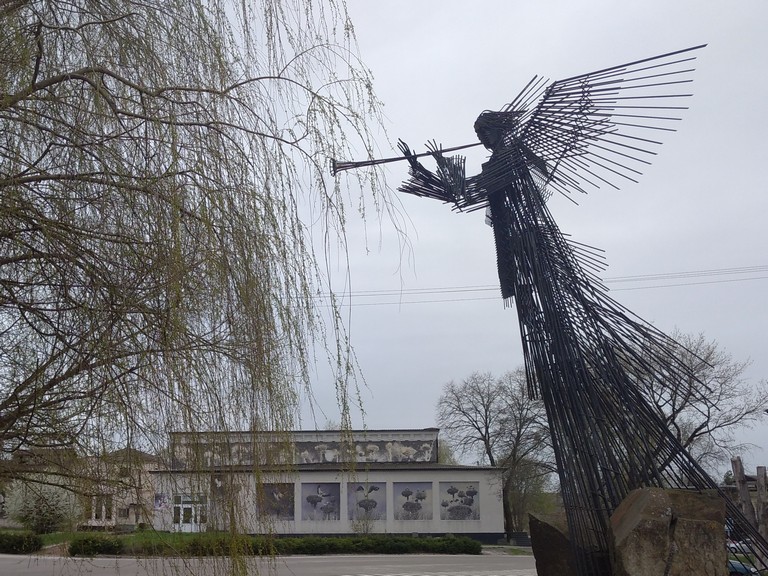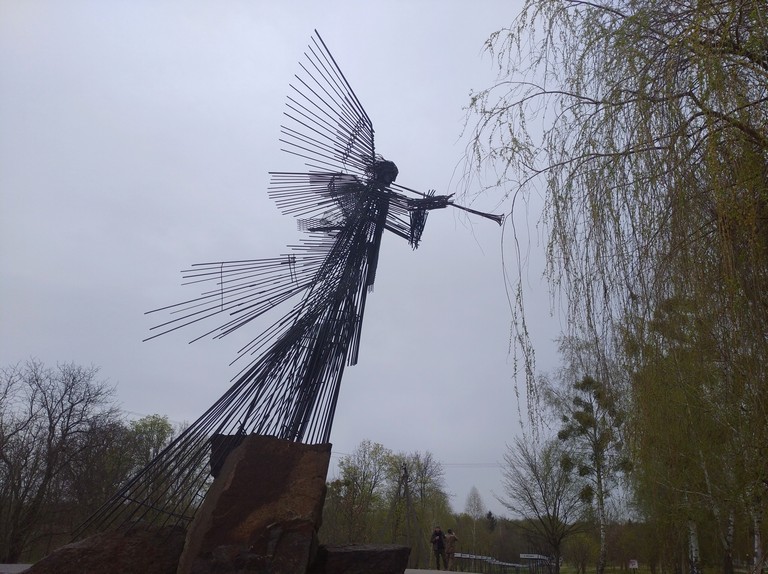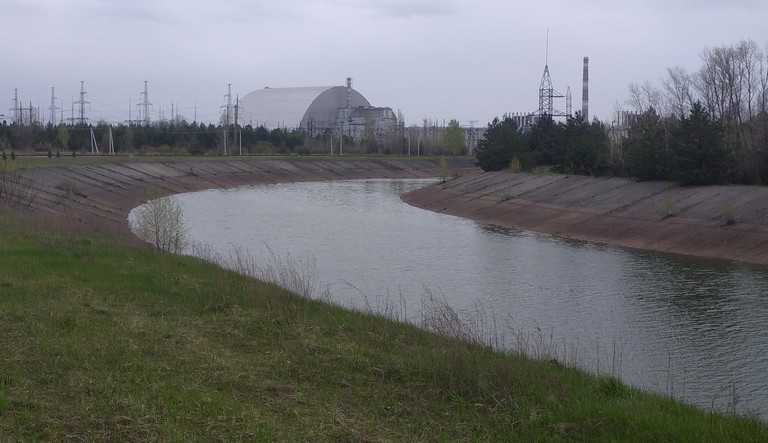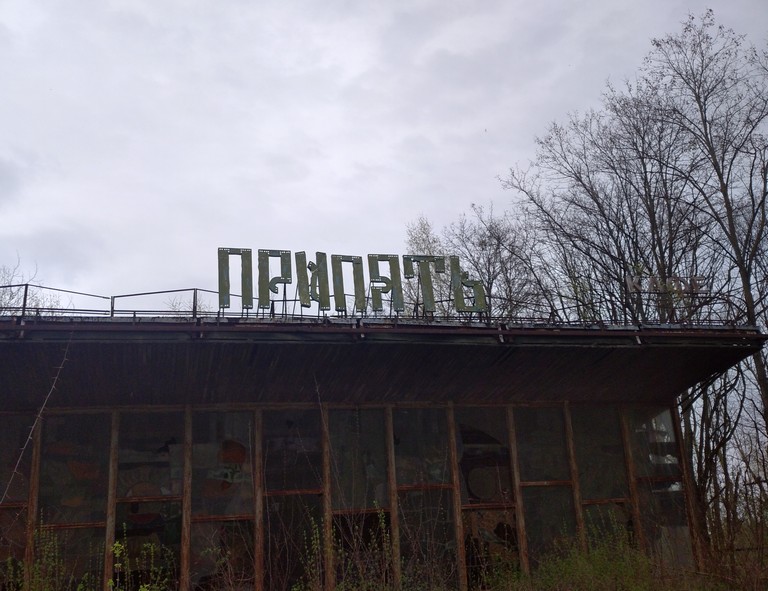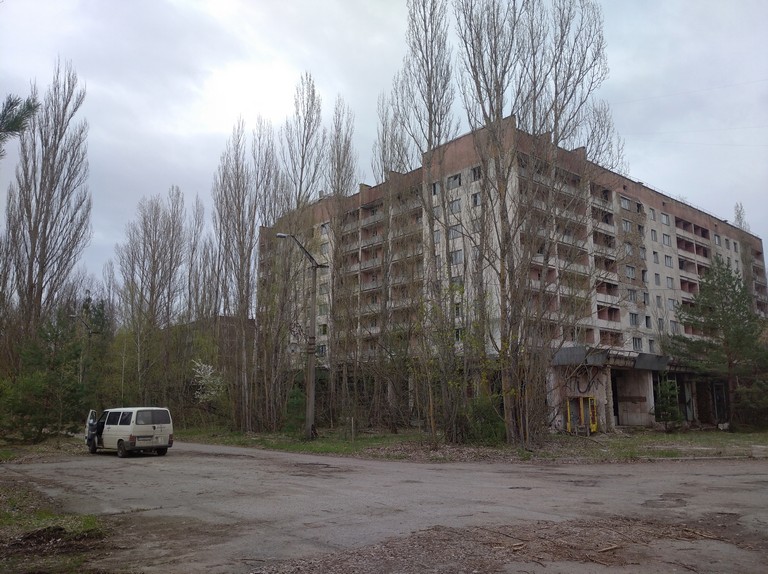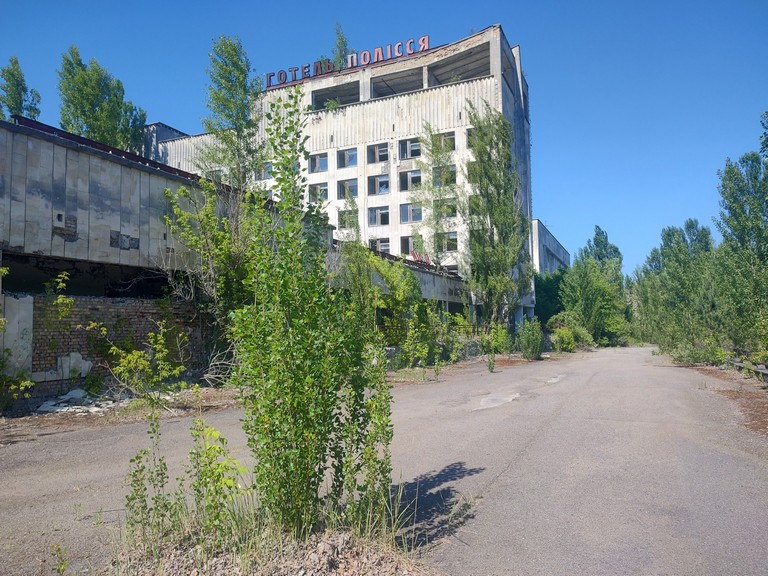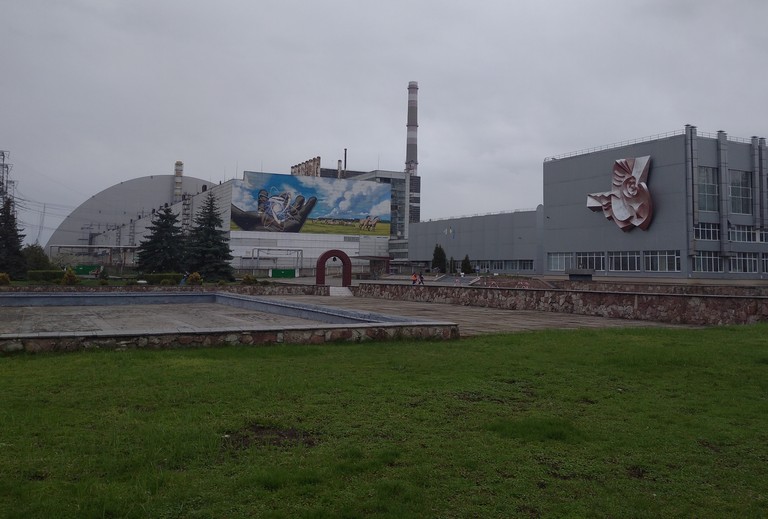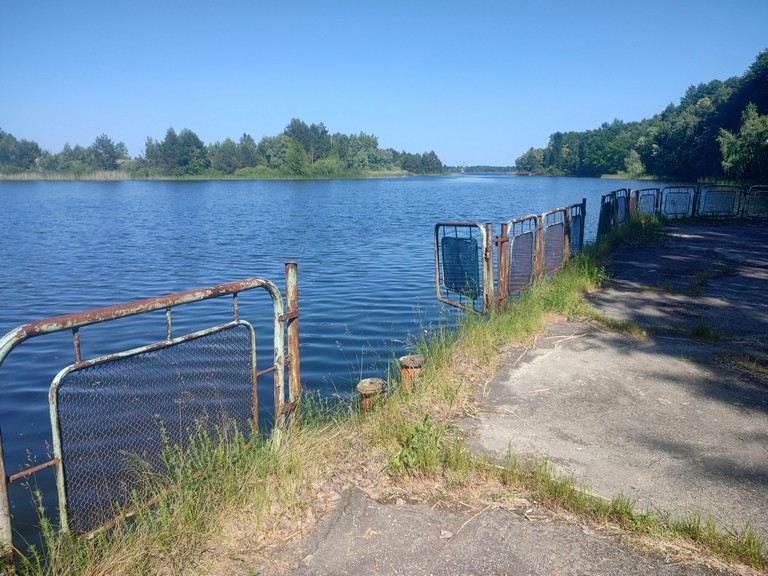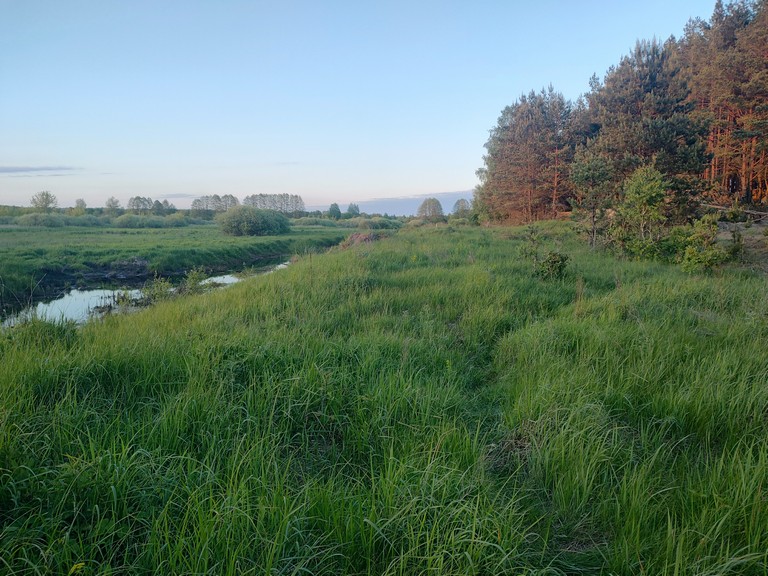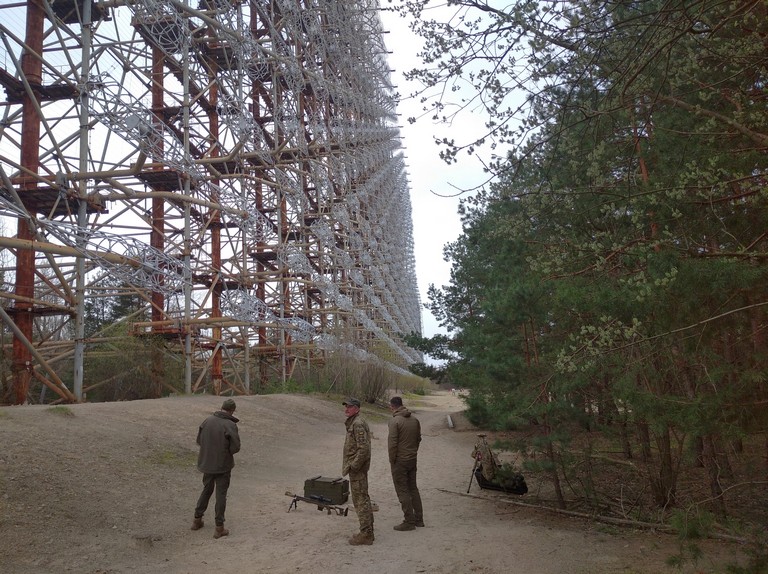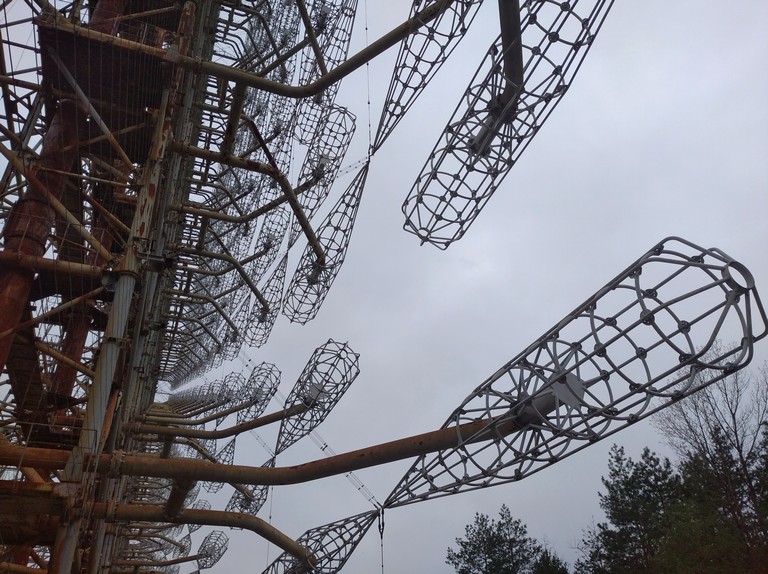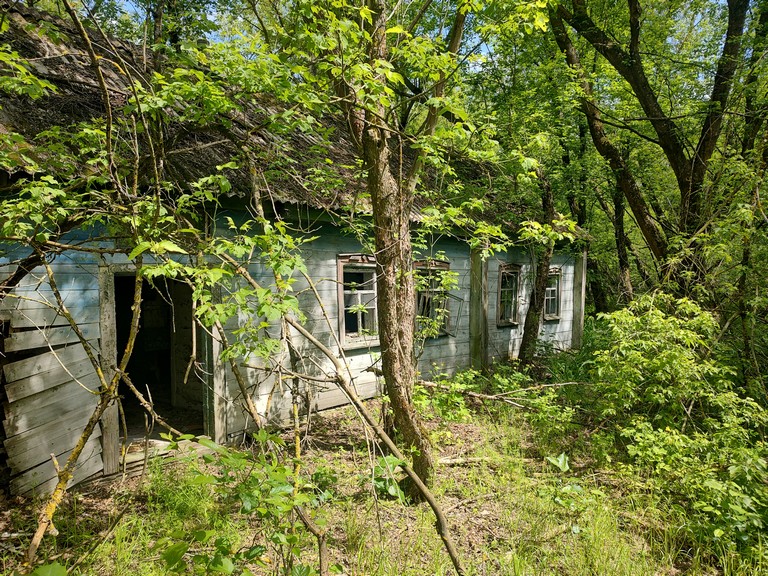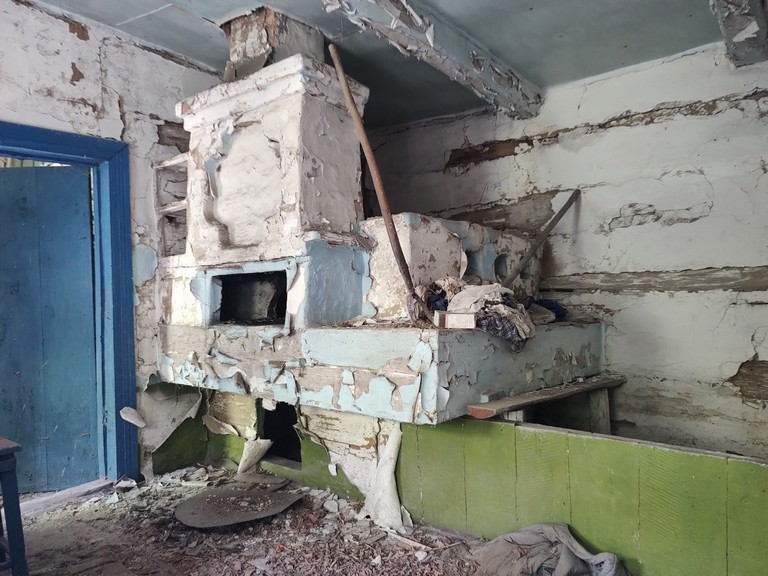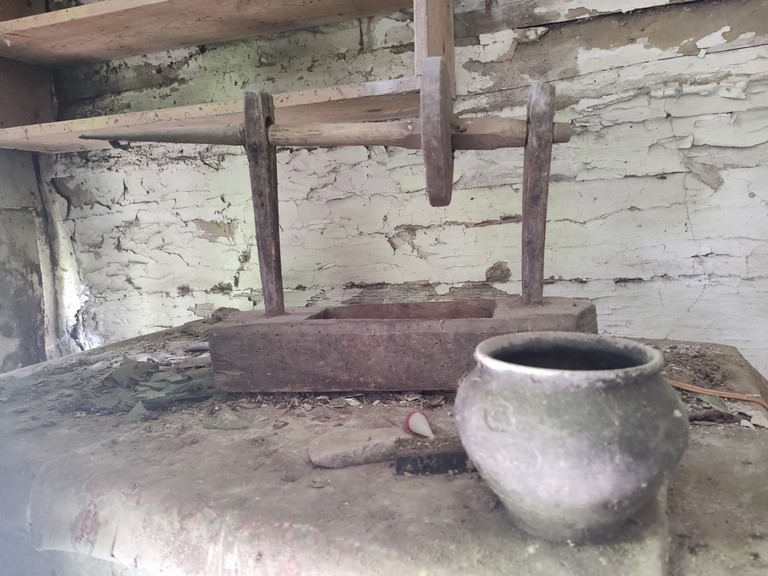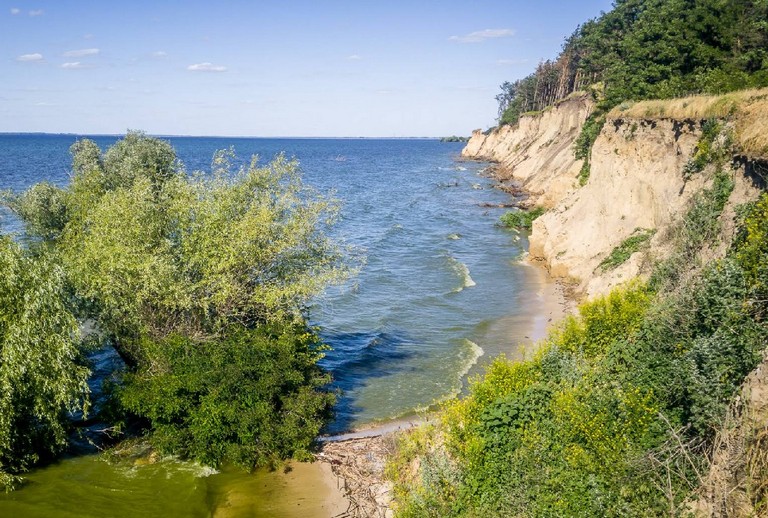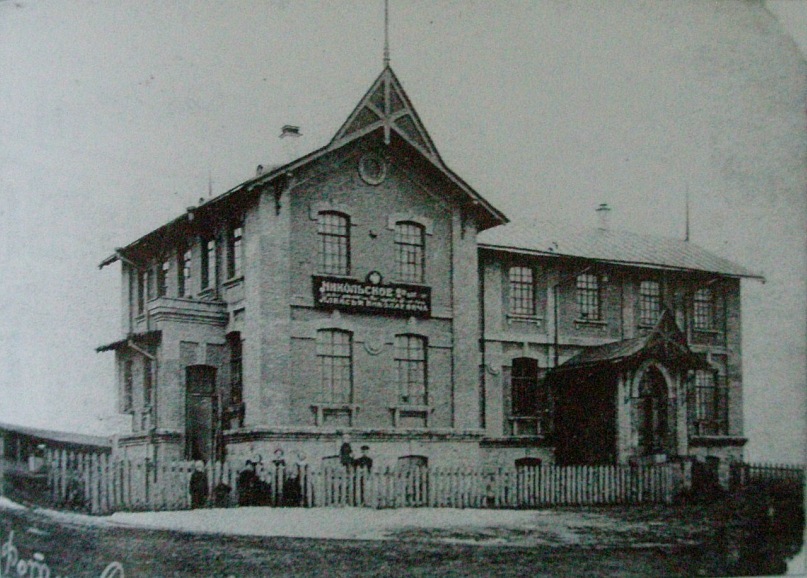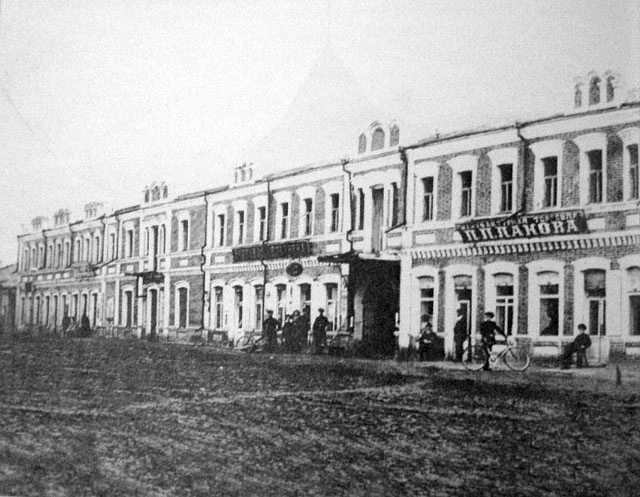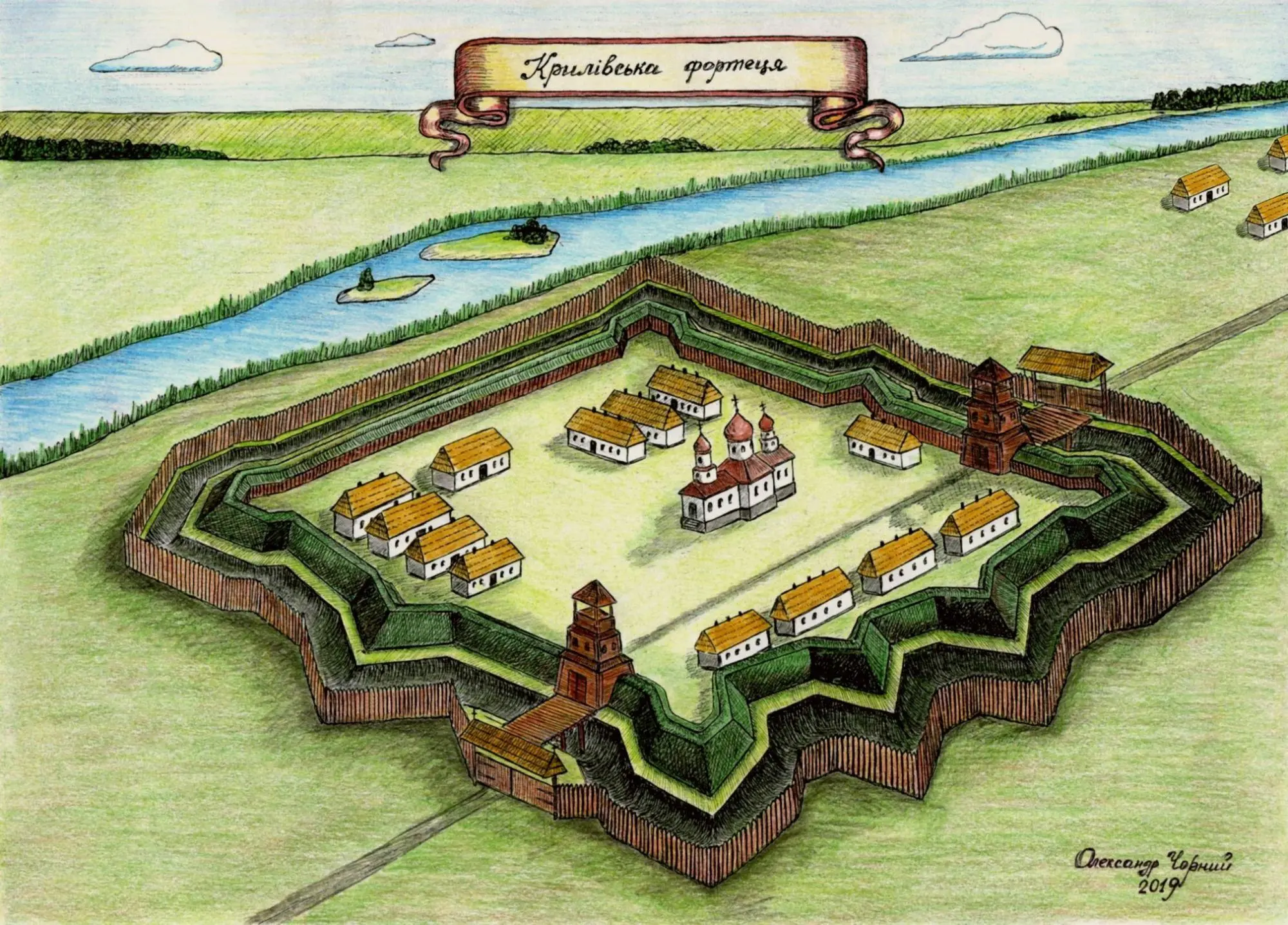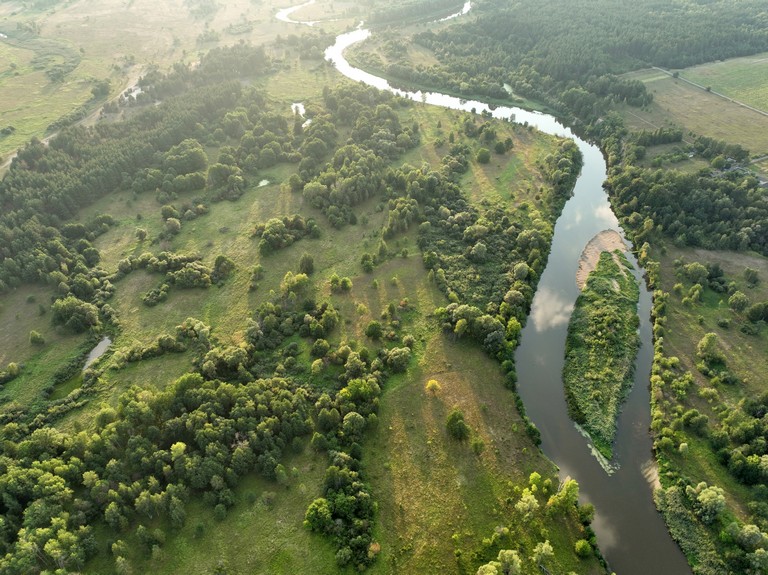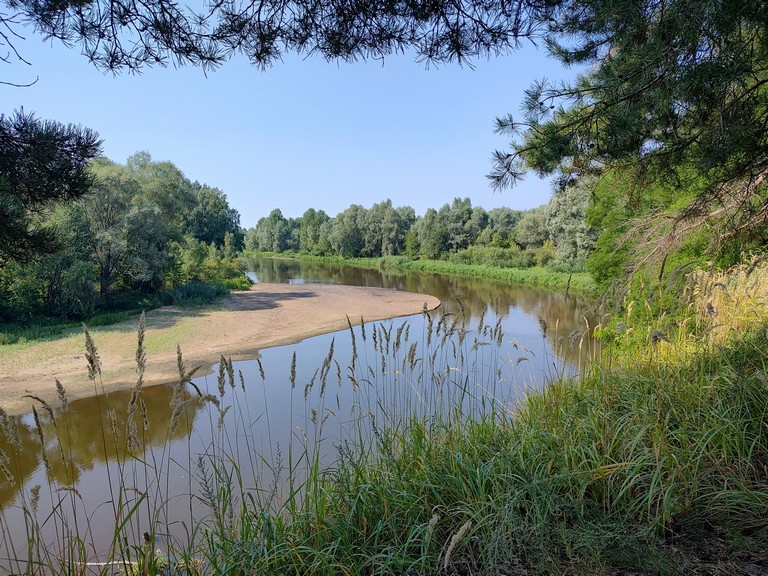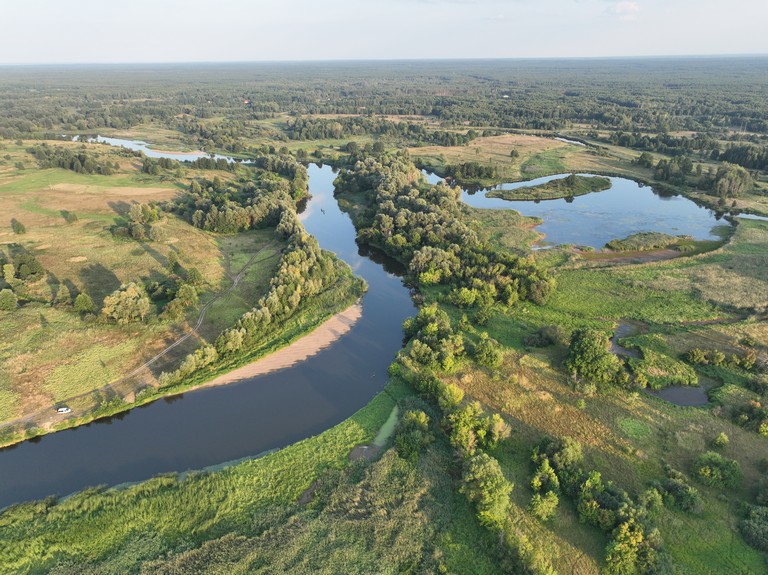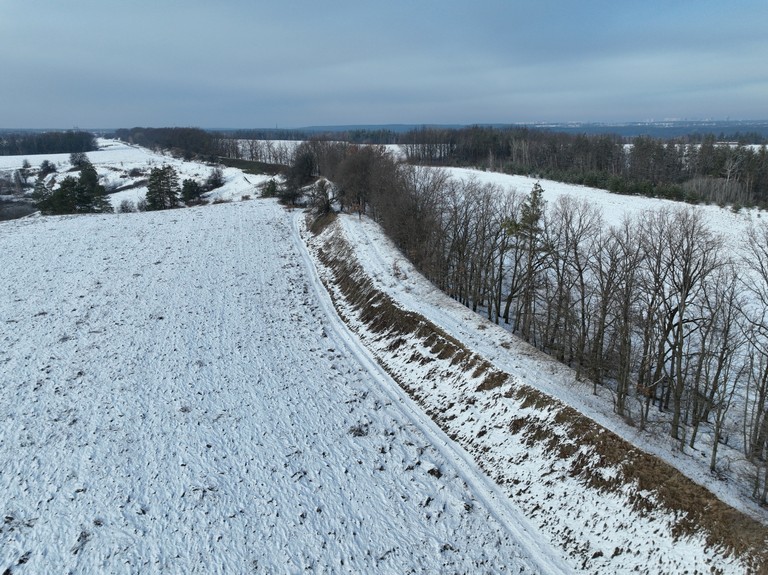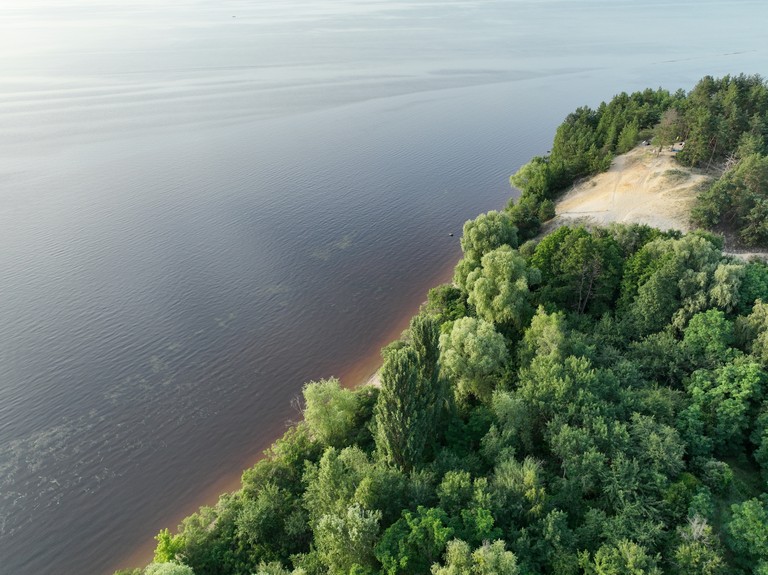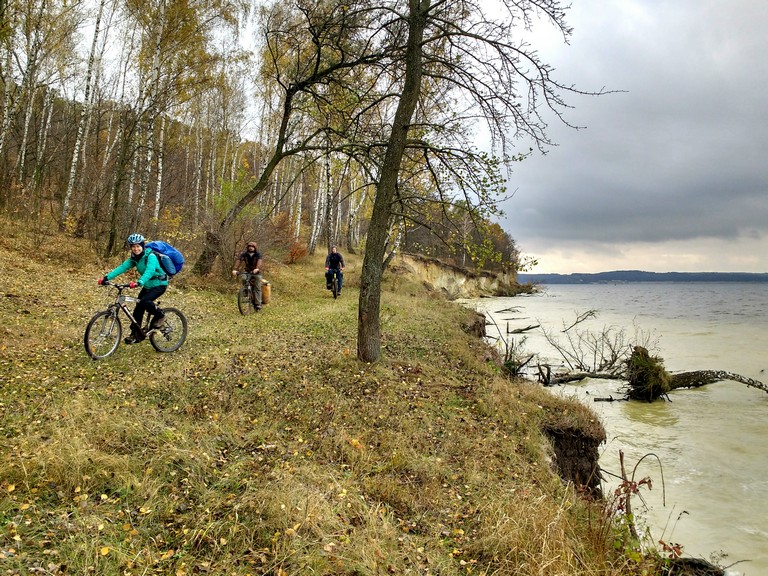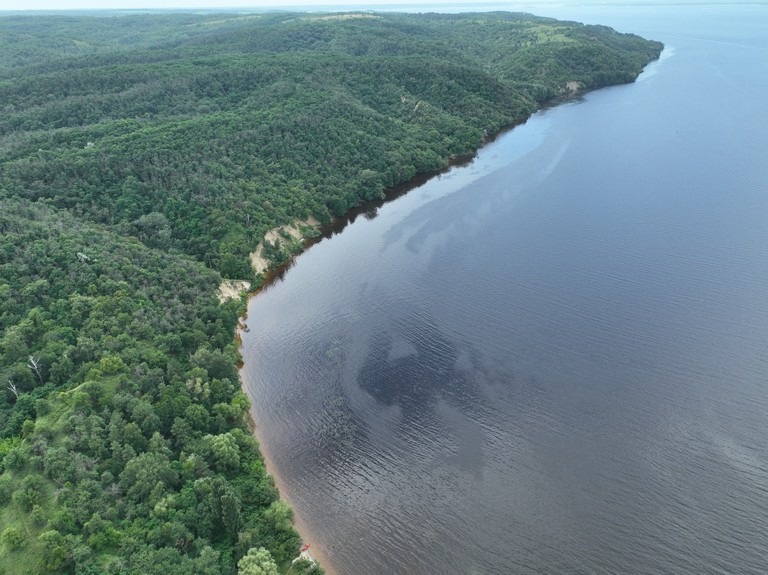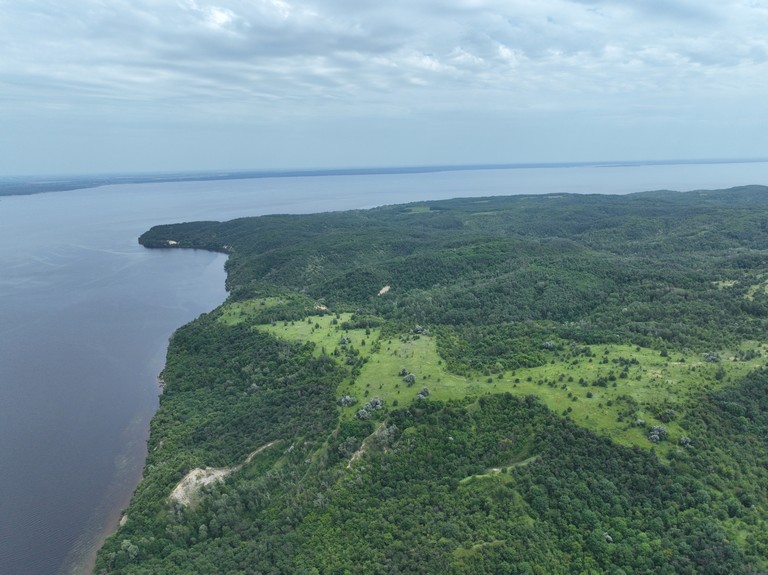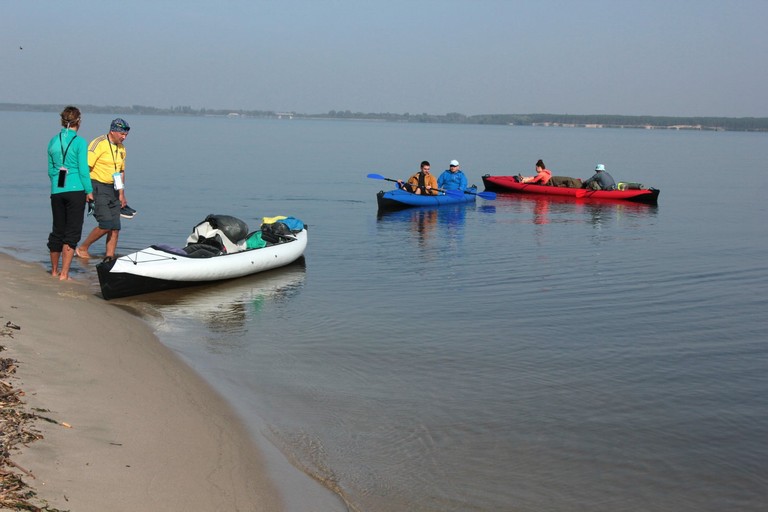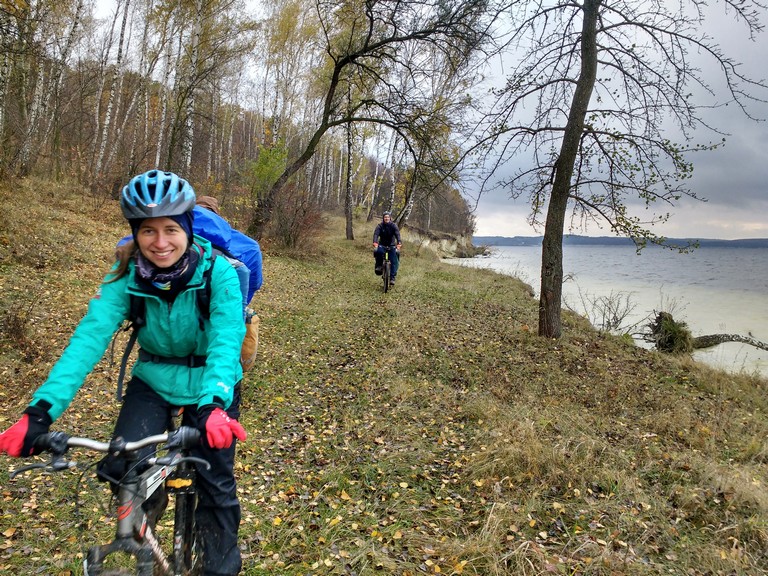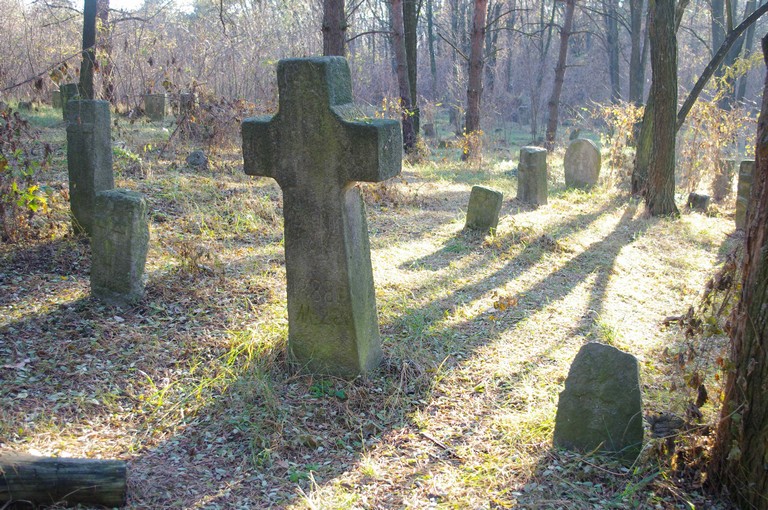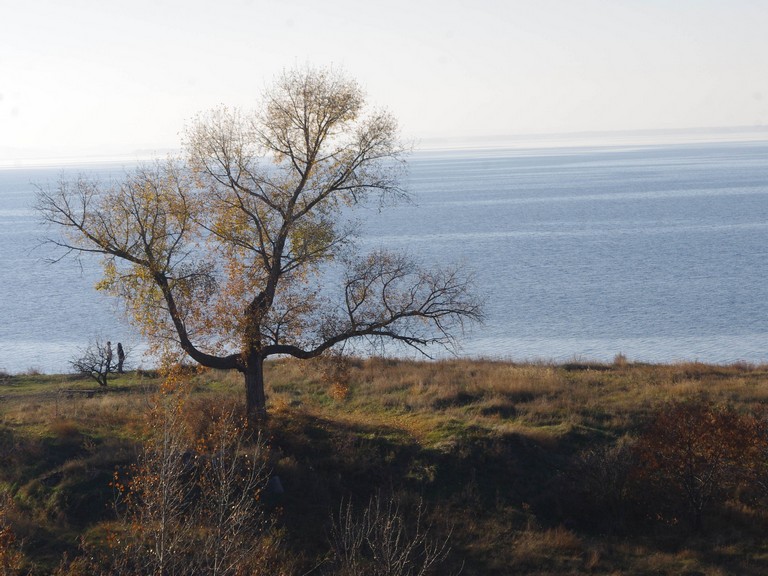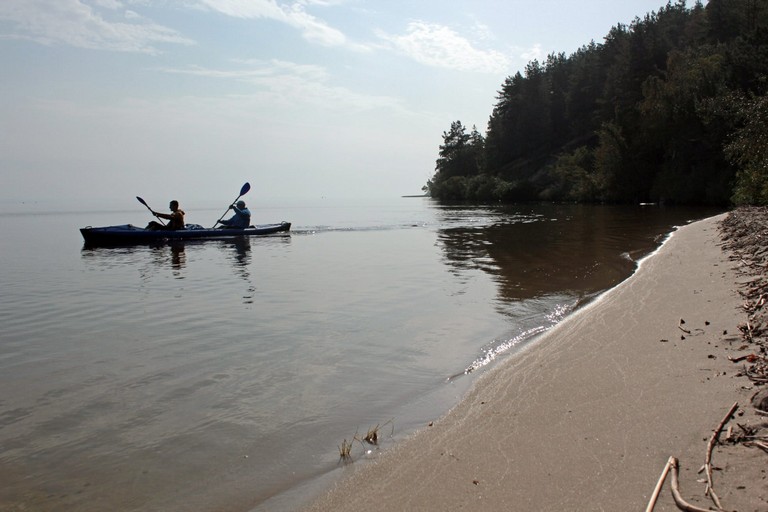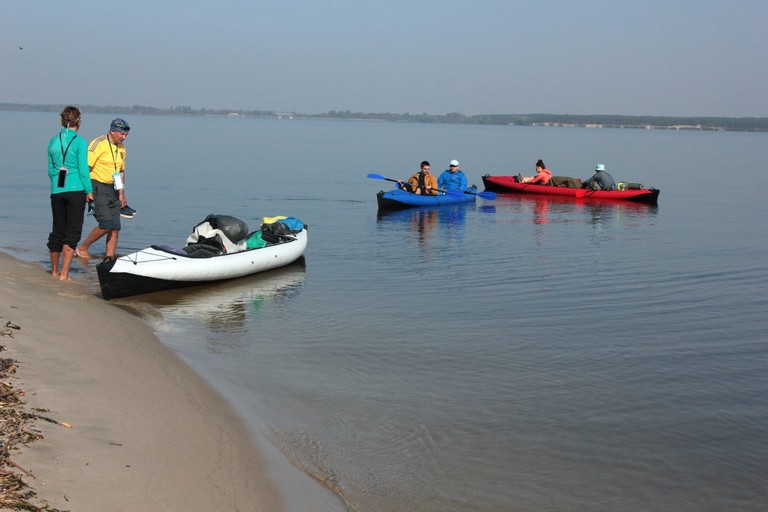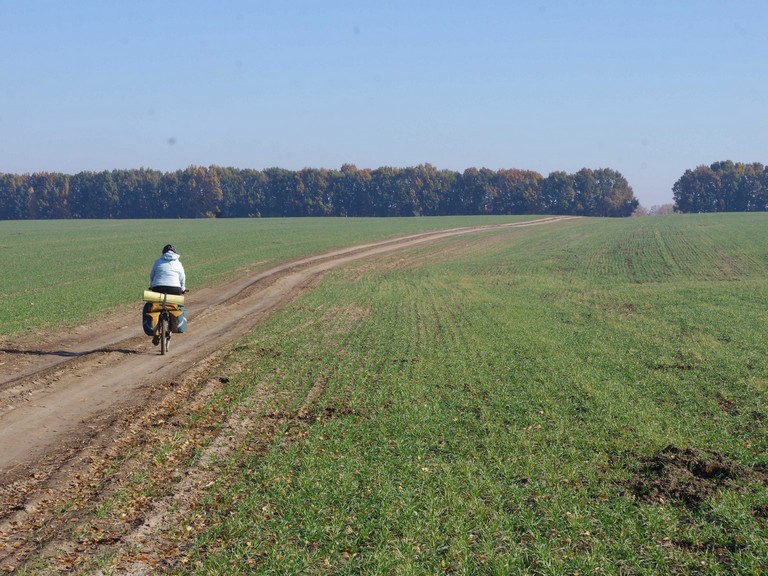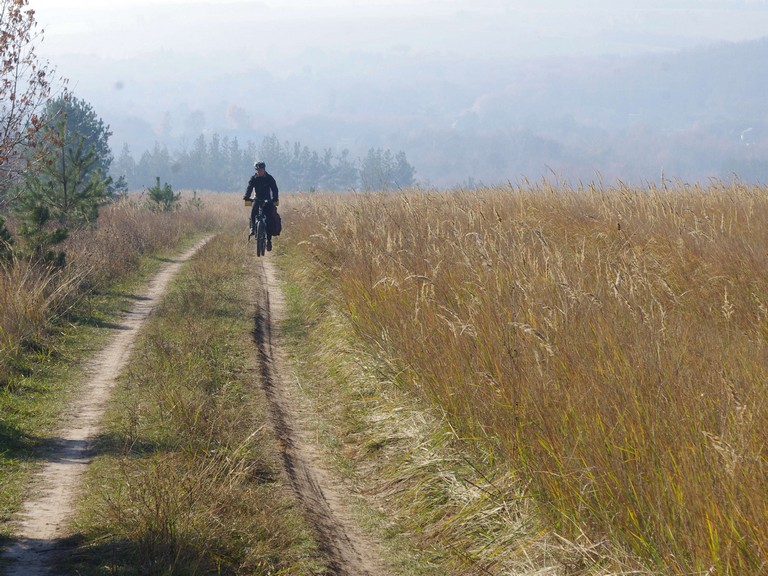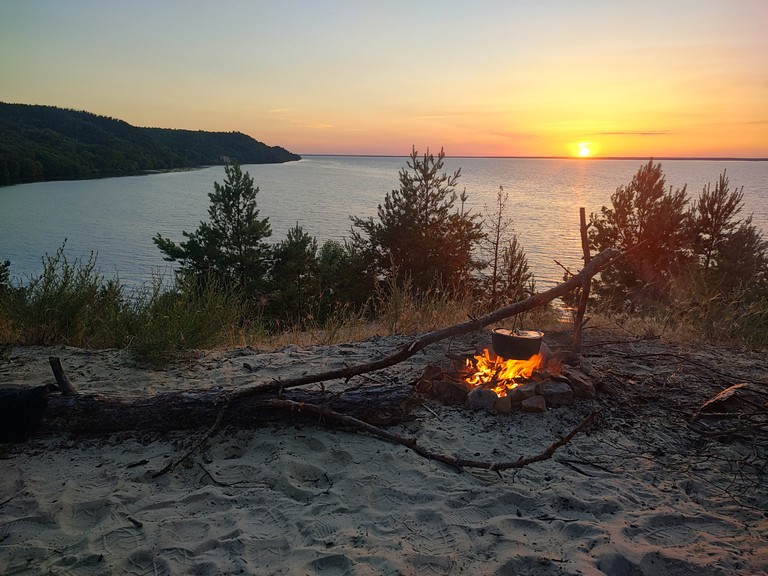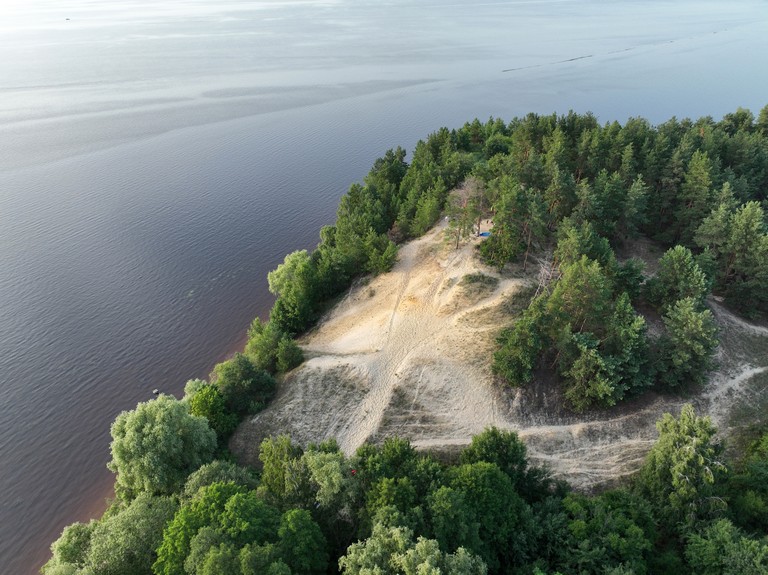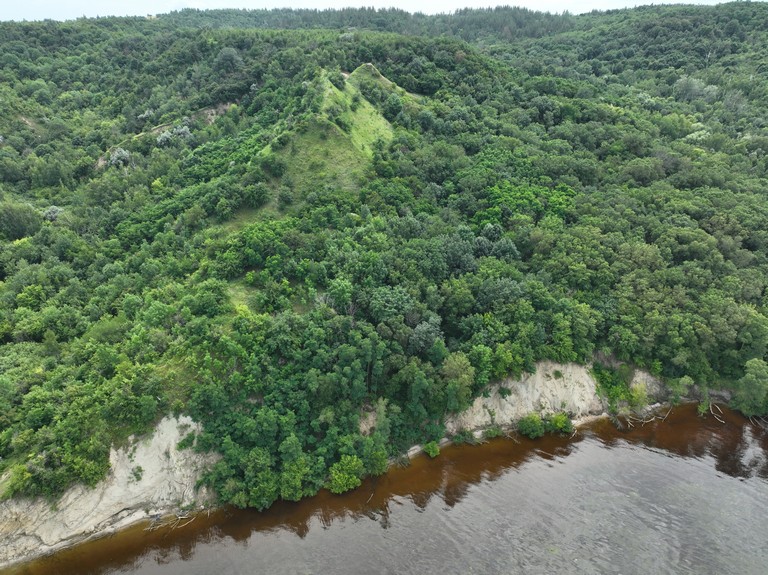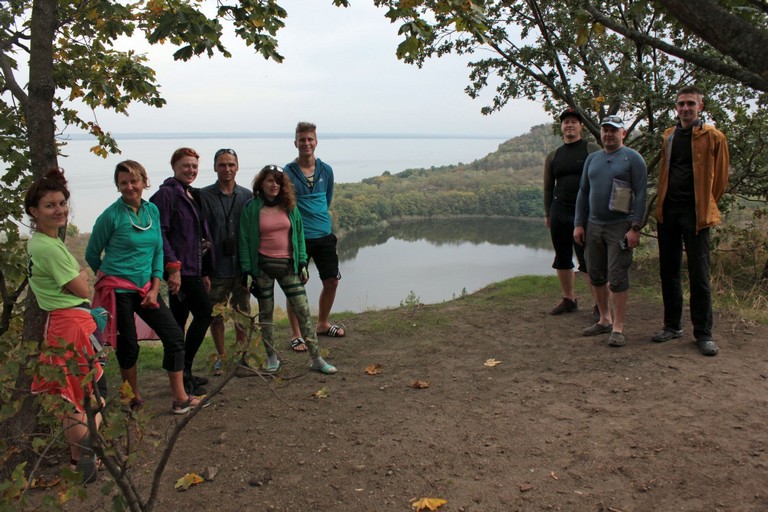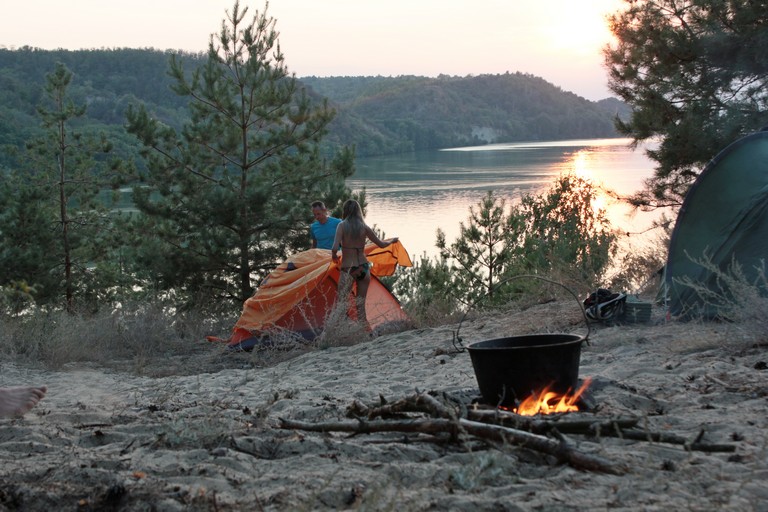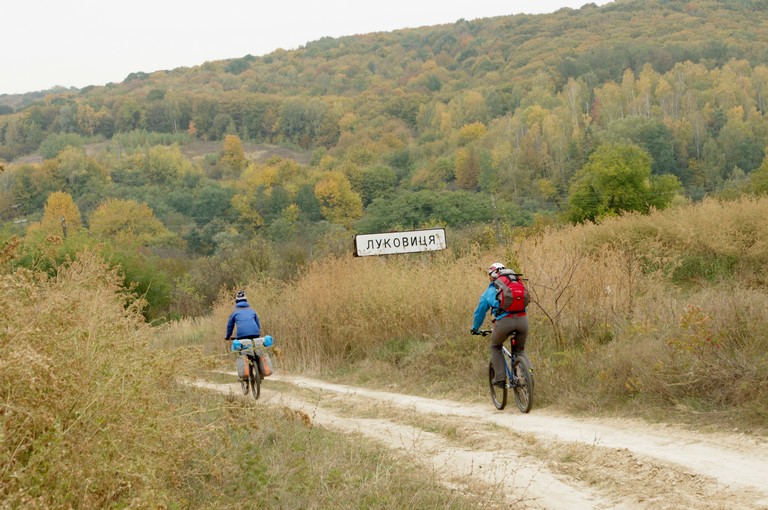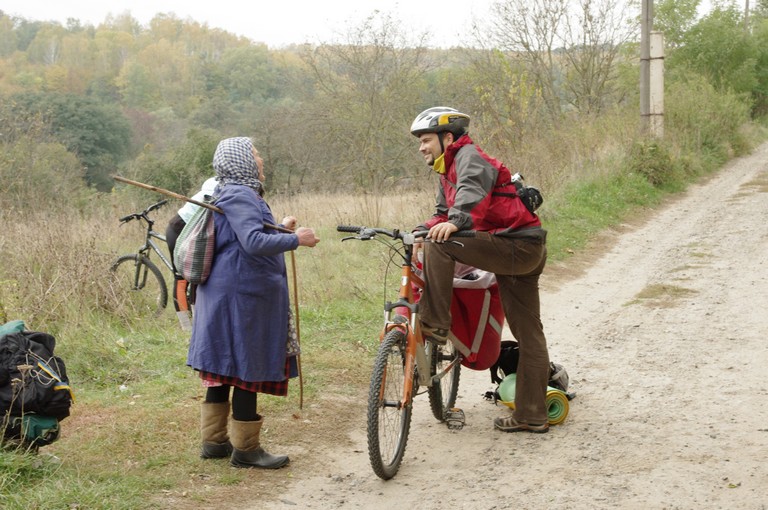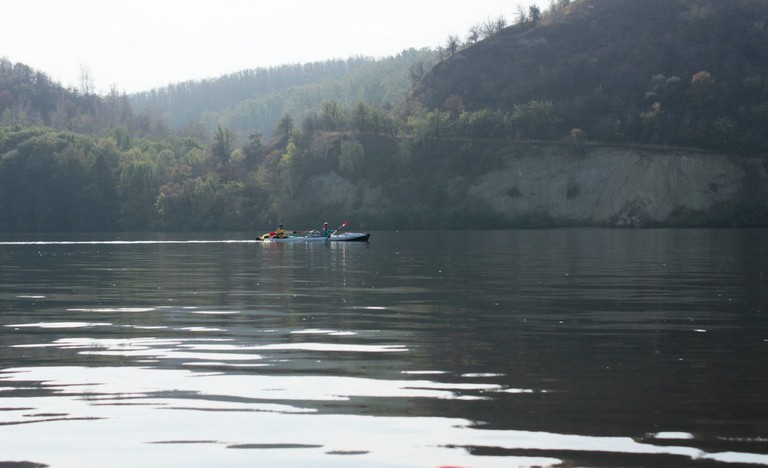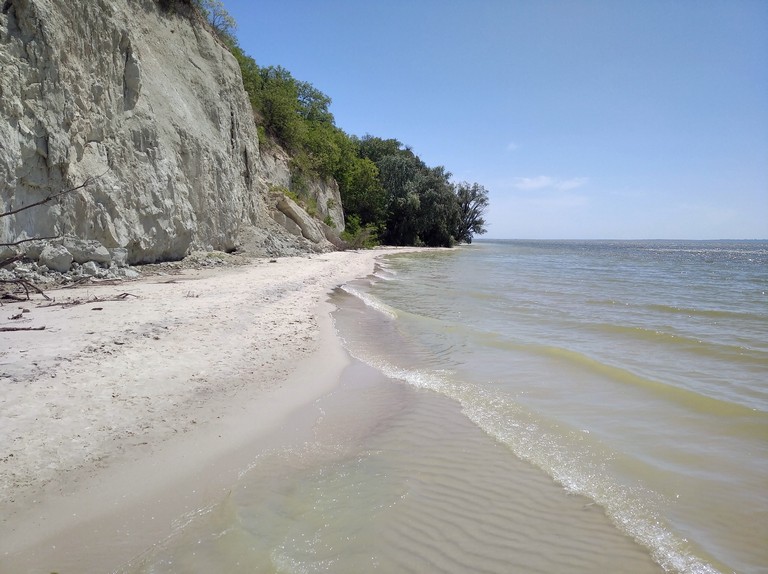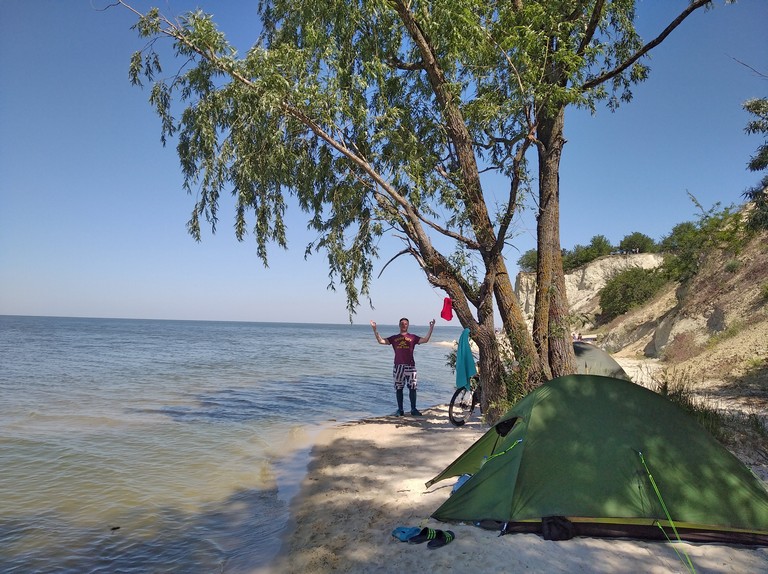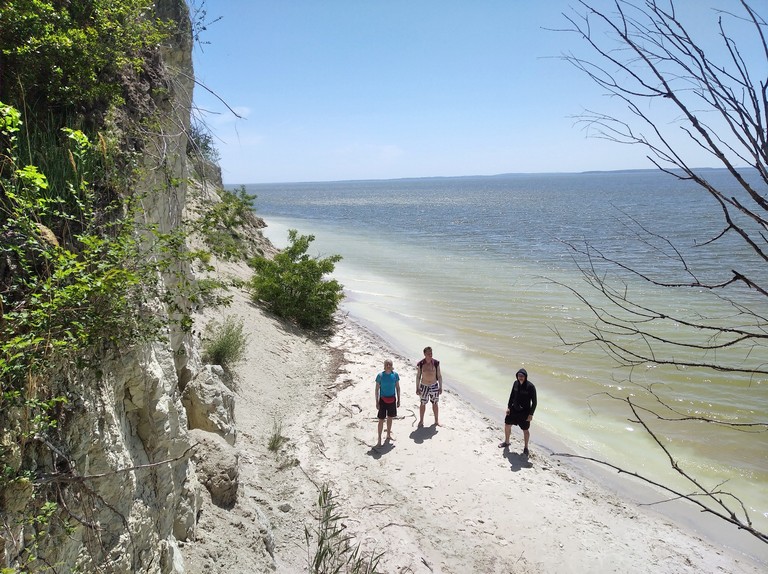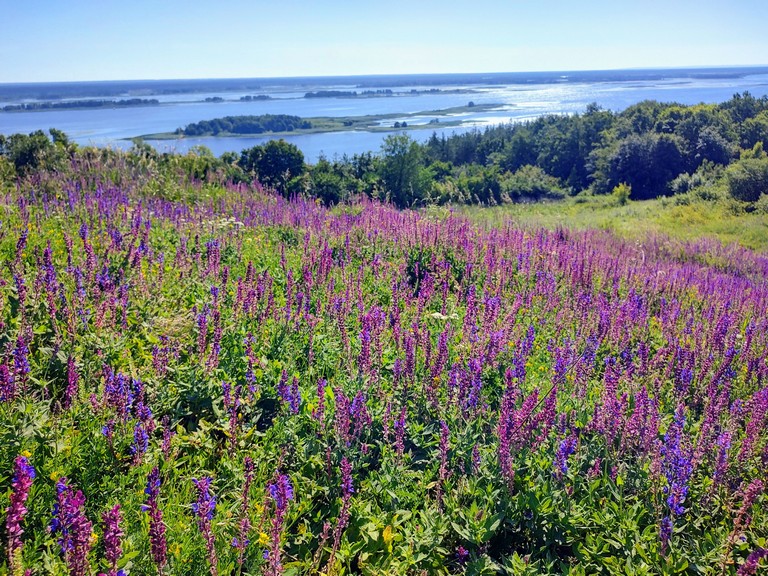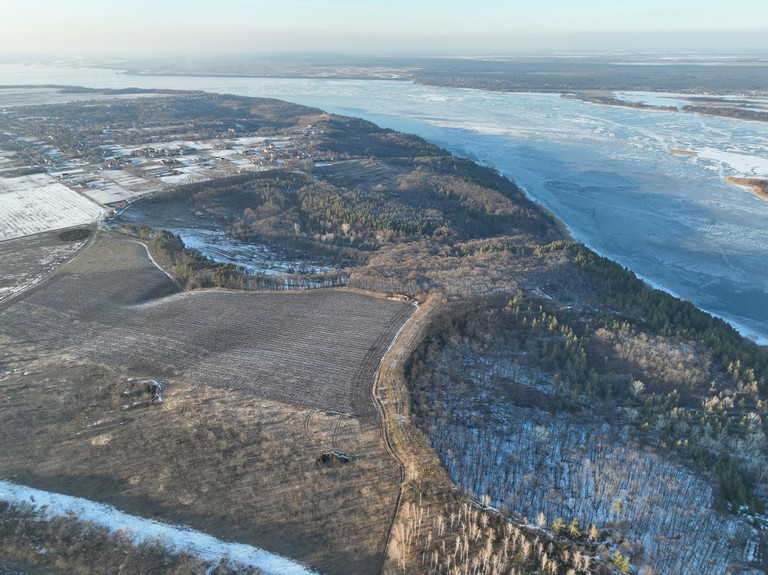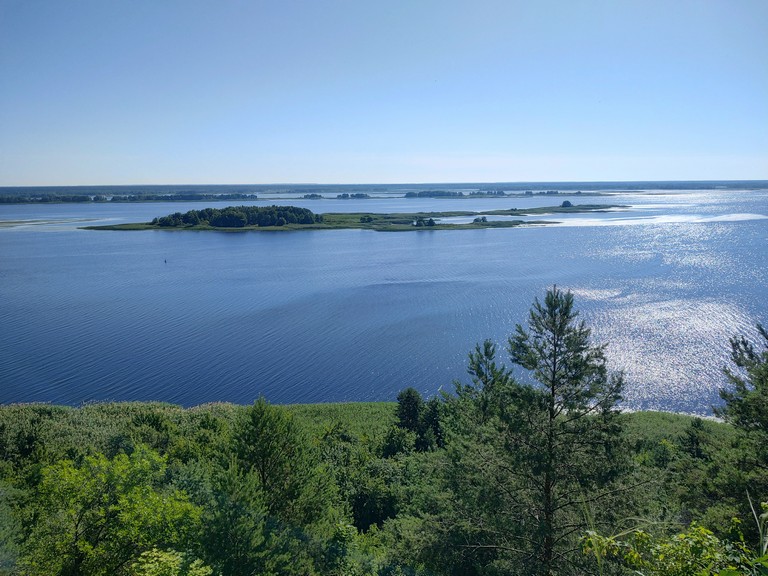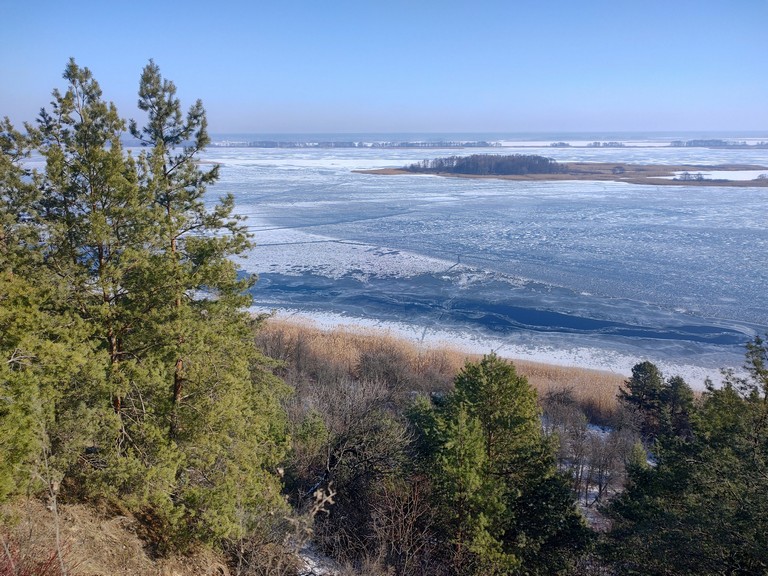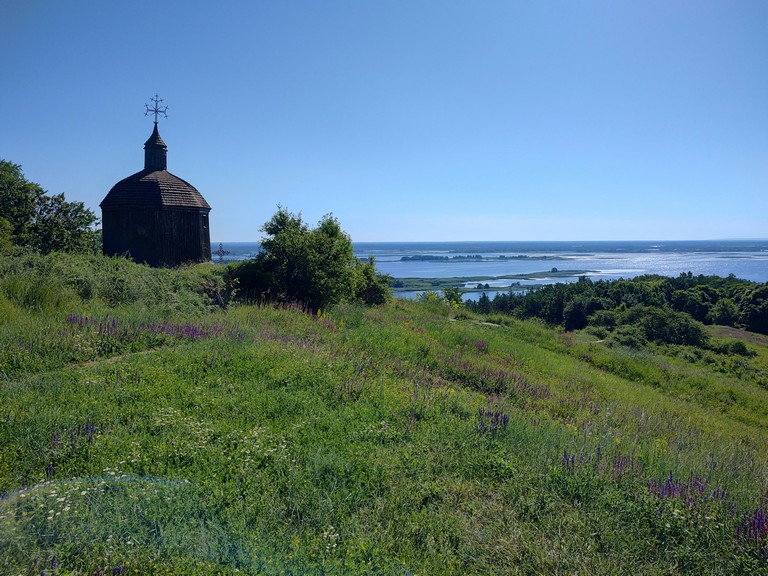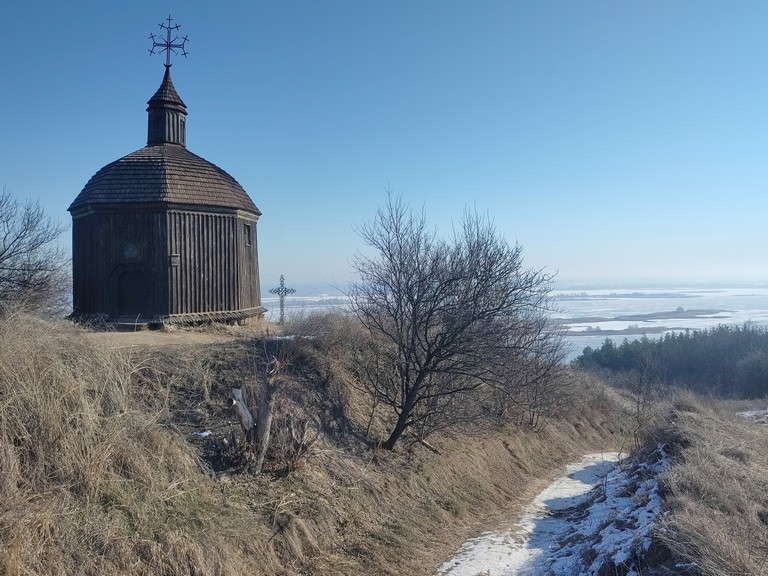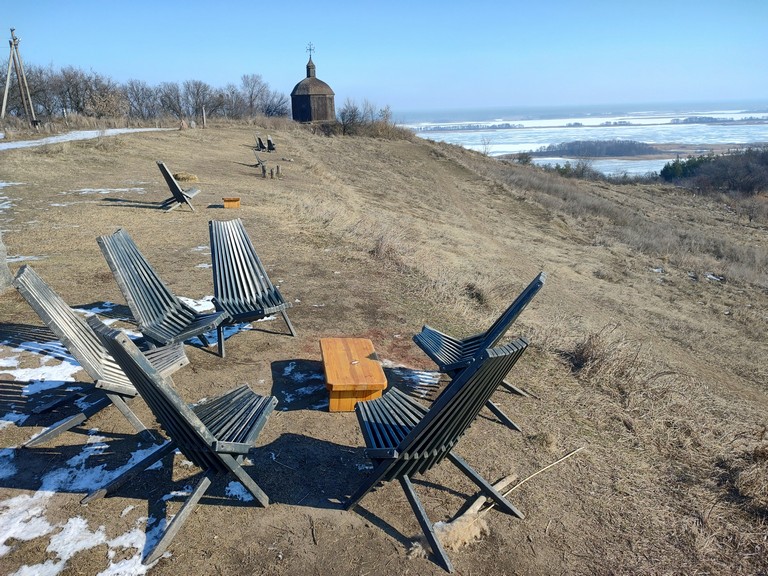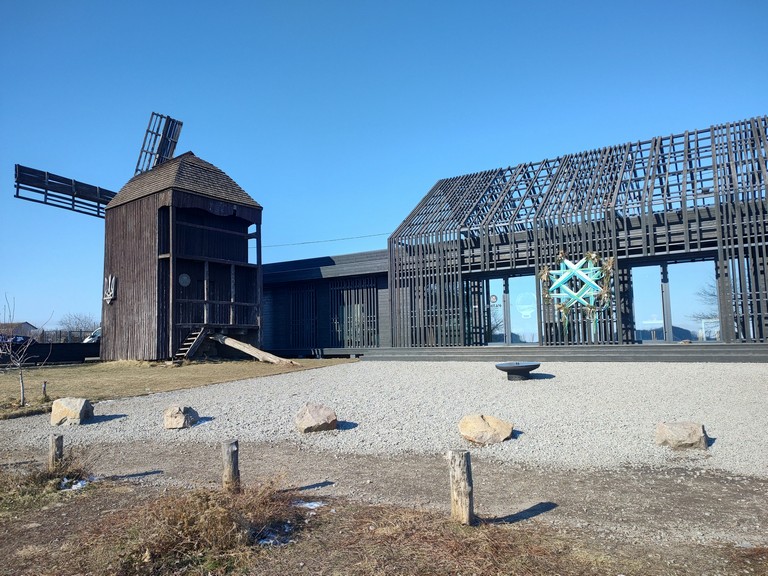Geography and Natural Conditions
The Dnipro-Teteriv National Park is located in the north of Kyiv region, between the Dnipro and Teteriv rivers. It is a vast area with a predominantly forested landscape, where pine and mixed forests dominate. In addition to the Teteriv, several smaller rivers, such as Zdvizh and Zhydok, flow through the park, along with numerous swampy areas. The combination of water bodies and forests creates favorable conditions for many animal species.
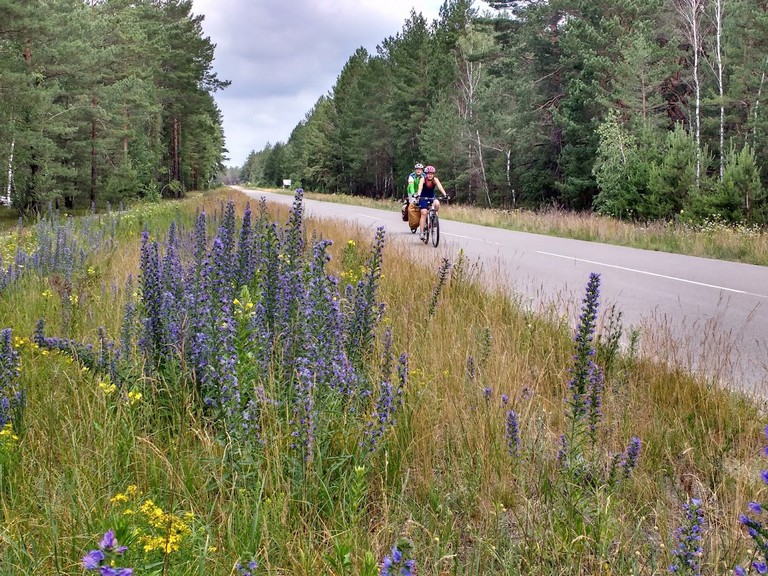
Natural Diversity
The Dnipro-Teteriv National Park boasts rich biodiversity due to the combination of forests, swamps, rivers, and floodplains. Numerous species of animals, birds, and fish inhabit this area, including both common representatives of Ukrainian fauna and rare species listed in the Red Book of Ukraine.
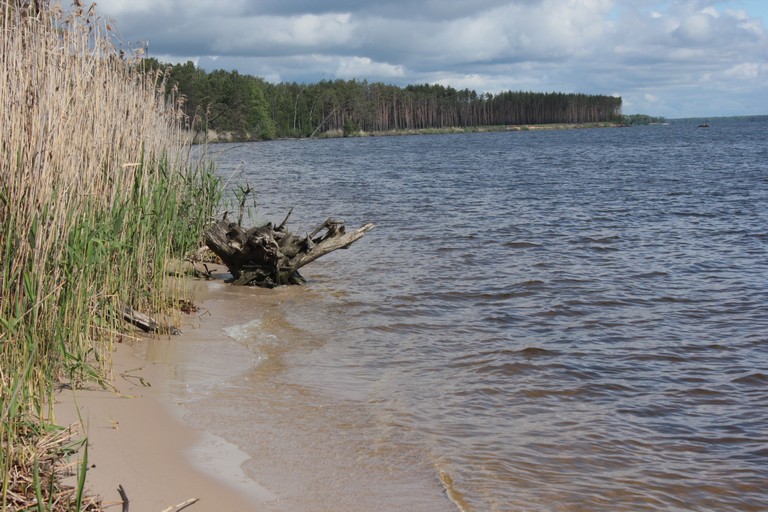
Flora
The majority of the park’s territory is covered by pine forests, interspersed with mixed and deciduous areas where oak, hornbeam, birch, and aspen grow. In swampy regions, alder and willow are common, along with reed and sedge communities. Meadows and clearings are rich in various grasses, including medicinal plants such as St. John’s wort, chamomile, and valerian.
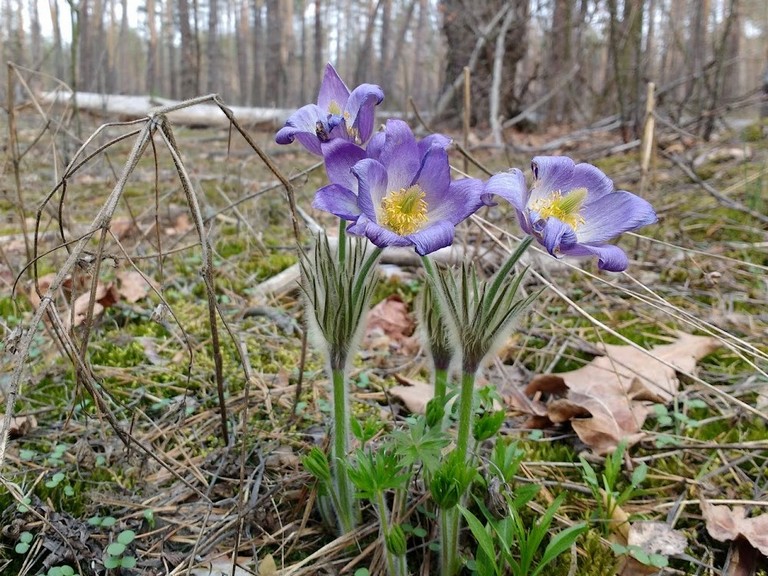
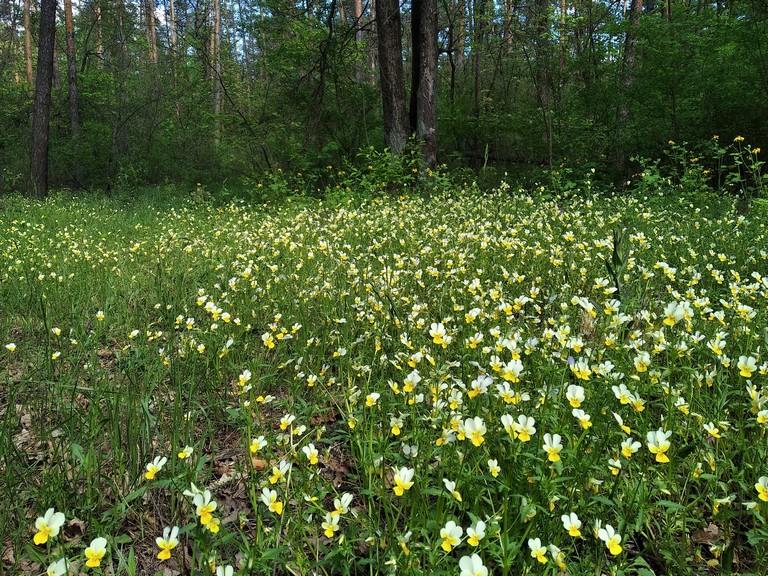
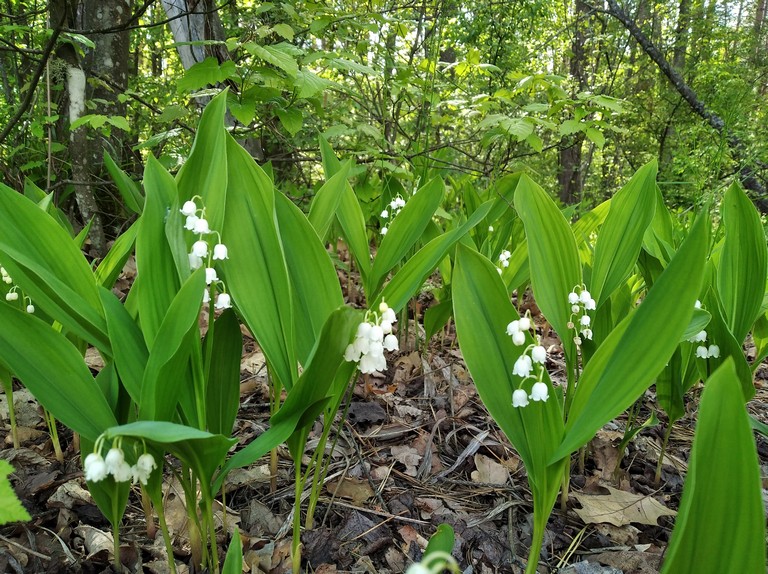
Among the rare and protected plant species found here are the forest lily, lady’s slipper, club moss, and some species of orchids.
Animals
The park’s forested areas are home to large mammals. The most common among them are the moose, roe deer, wild boar, and red deer. Wolves, foxes, badgers, and martens can also be encountered.
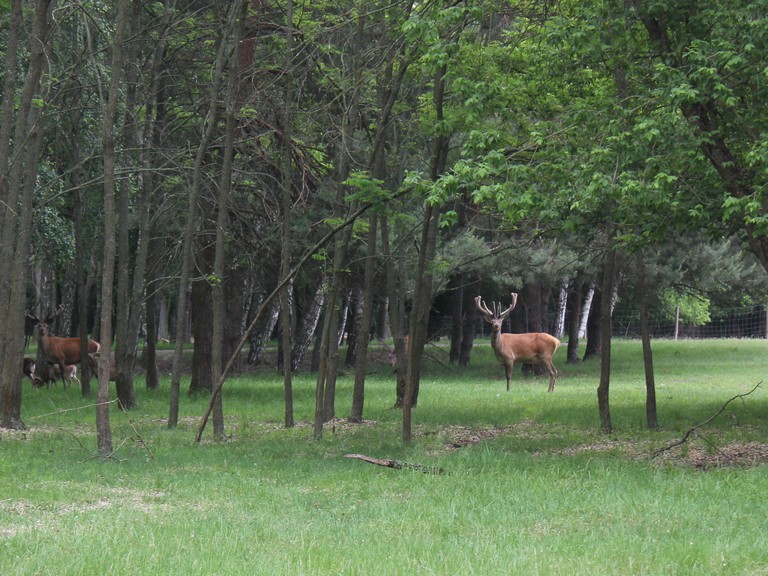
Among the rare and protected mammal species living here are the European lynx, Eurasian otter, badger, and the giant noctule bat (a rare bat species).
Birds
The rich birdlife includes both resident and migratory species. Visitors can spot jays, woodpeckers, hooded crows, magpies, common buzzards, hawks, and golden eagles.
Among the protected bird species found here are the black stork, white-tailed eagle, Eurasian eagle-owl, short-toed snake eagle, and greater spotted eagle. Wetlands and floodplains serve as crucial nesting and resting sites for migratory waterfowl.
Fish
The park’s rivers and floodplains are home to numerous fish species, with the most common being pike, perch, catfish, bream, tench, and crucian carp. Thanks to the clean waters, zander and European eel can also be found here.
Among the rare and protected species is the European sterlet, once abundant but now seldom seen.
Yanukovych’s Hunting Grounds
Until 2014, a large part of this area was a private hunting reserve known as Sukholuchchya, where dictator Viktor Yanukovych and his close associates hunted. The site featured luxurious hunting lodges, game enclosures, and specially built roads. After Yanukovych fled, the territory was reclaimed by the state and later designated as a national park.
Cycling Routes
Former hunting roads, once inaccessible to the public, are now closed to motor vehicles. However, they have become a favorite among cyclists due to their smooth asphalt surfaces and scenic landscapes. This transformation has made the park an attractive destination for ecotourism and outdoor recreation.

